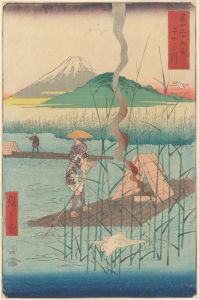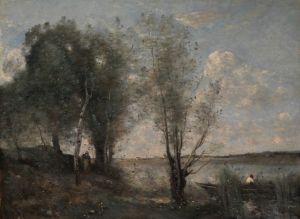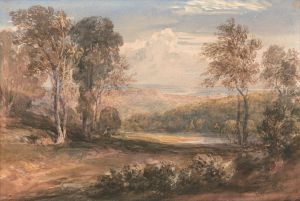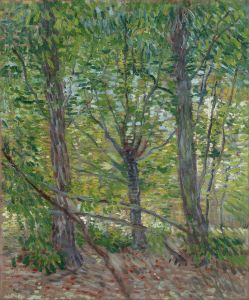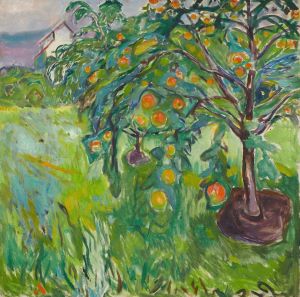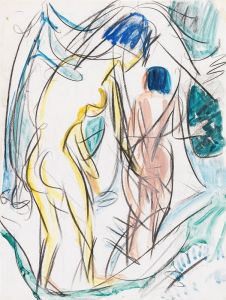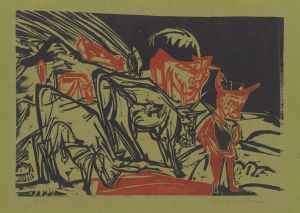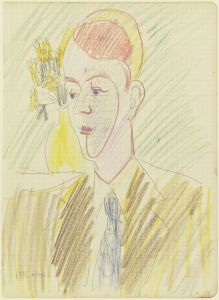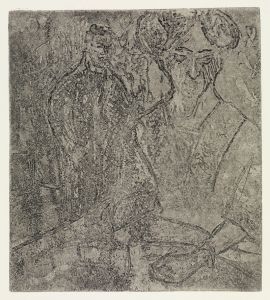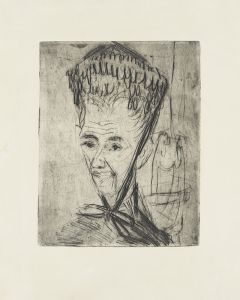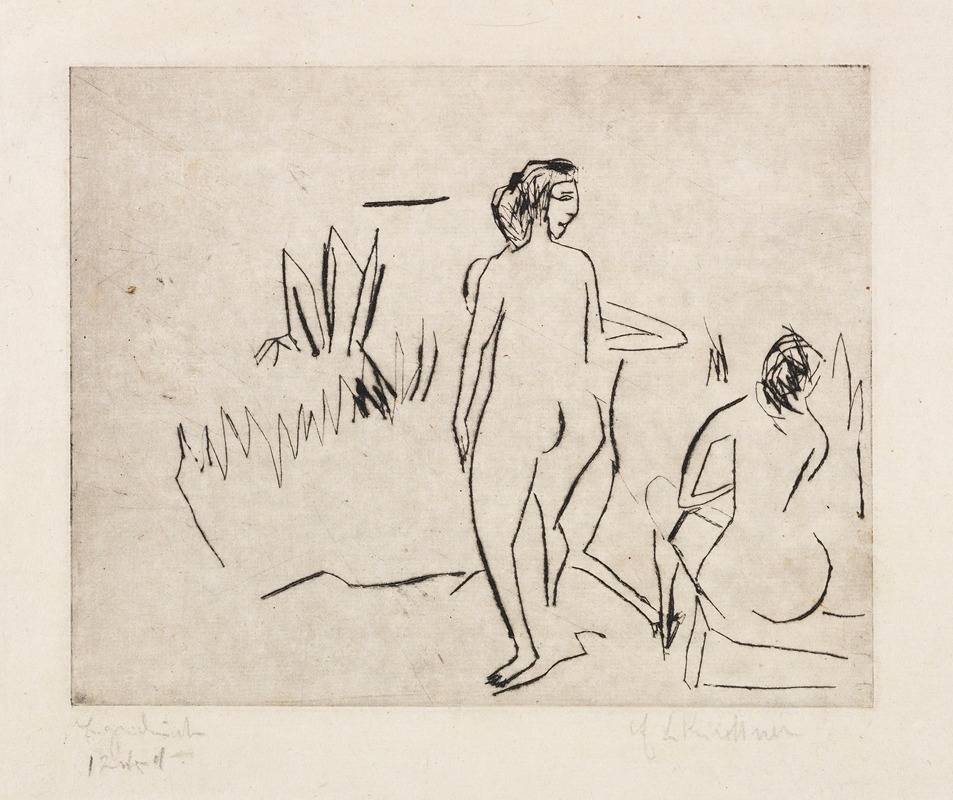
Moritzburger Badende am Schilf
A hand-painted replica of Ernst Ludwig Kirchner’s masterpiece Moritzburger Badende am Schilf, meticulously crafted by professional artists to capture the true essence of the original. Each piece is created with museum-quality canvas and rare mineral pigments, carefully painted by experienced artists with delicate brushstrokes and rich, layered colors to perfectly recreate the texture of the original artwork. Unlike machine-printed reproductions, this hand-painted version brings the painting to life, infused with the artist’s emotions and skill in every stroke. Whether for personal collection or home decoration, it instantly elevates the artistic atmosphere of any space.
Ernst Ludwig Kirchner was a prominent German expressionist painter and one of the founding members of the artist group Die Brücke (The Bridge), which played a pivotal role in the development of modern art in the early 20th century. Kirchner's work is characterized by its bold use of color, dynamic compositions, and expressive forms, often exploring themes of modern life and the human condition.
"Moritzburger Badende am Schilf" (Bathers at Moritzburg with Reeds) is one of Kirchner's notable works, created during a period when he and other members of Die Brücke frequently visited the Moritzburg lakes near Dresden. These excursions, which took place around 1909 to 1911, were a significant source of inspiration for Kirchner and his contemporaries. The natural setting provided a backdrop for exploring themes of freedom, nature, and the human form, away from the constraints of urban life.
The painting depicts a group of nude bathers by the lakeside, surrounded by reeds. Kirchner's use of vibrant colors and bold brushstrokes captures the vitality and spontaneity of the scene. The figures are rendered in a stylized manner, emphasizing their movement and interaction with the natural environment. This approach reflects Kirchner's interest in primitive art forms and his desire to break away from traditional artistic conventions.
The Moritzburg series, including "Moritzburger Badende am Schilf," is significant for its exploration of the human body in harmony with nature. The works from this period are marked by a sense of liberation and a return to a more primal state of being, which was a central theme for the Die Brücke artists. They sought to express a raw, unfiltered vision of life, often through depictions of nudes in natural settings, which challenged the norms of the time.
Kirchner's work during this period also reflects the influence of other art movements, such as Fauvism, with its emphasis on strong color and emotional expression. However, Kirchner and his peers developed a distinct style that was uniquely their own, characterized by a more intense emotional resonance and a focus on the subjective experience.
"Moritzburger Badende am Schilf" is an exemplary piece that showcases Kirchner's mastery of color and form, as well as his ability to convey the essence of a moment. The painting is a testament to the innovative spirit of the Die Brücke movement and its impact on the trajectory of modern art. Through works like this, Kirchner and his contemporaries paved the way for future generations of artists to explore new forms of expression and to challenge the boundaries of traditional art.
Today, Kirchner's paintings, including "Moritzburger Badende am Schilf," are celebrated for their contribution to the expressionist movement and their enduring influence on the art world. The painting remains a significant example of Kirchner's artistic vision and his exploration of the relationship between humanity and nature.





